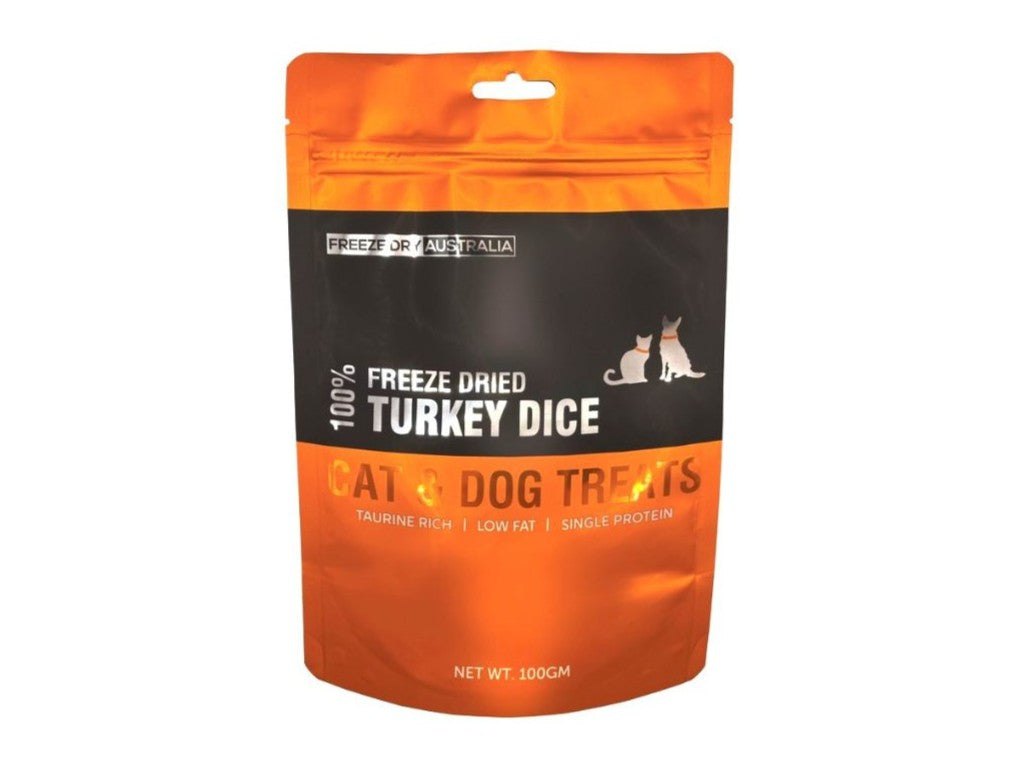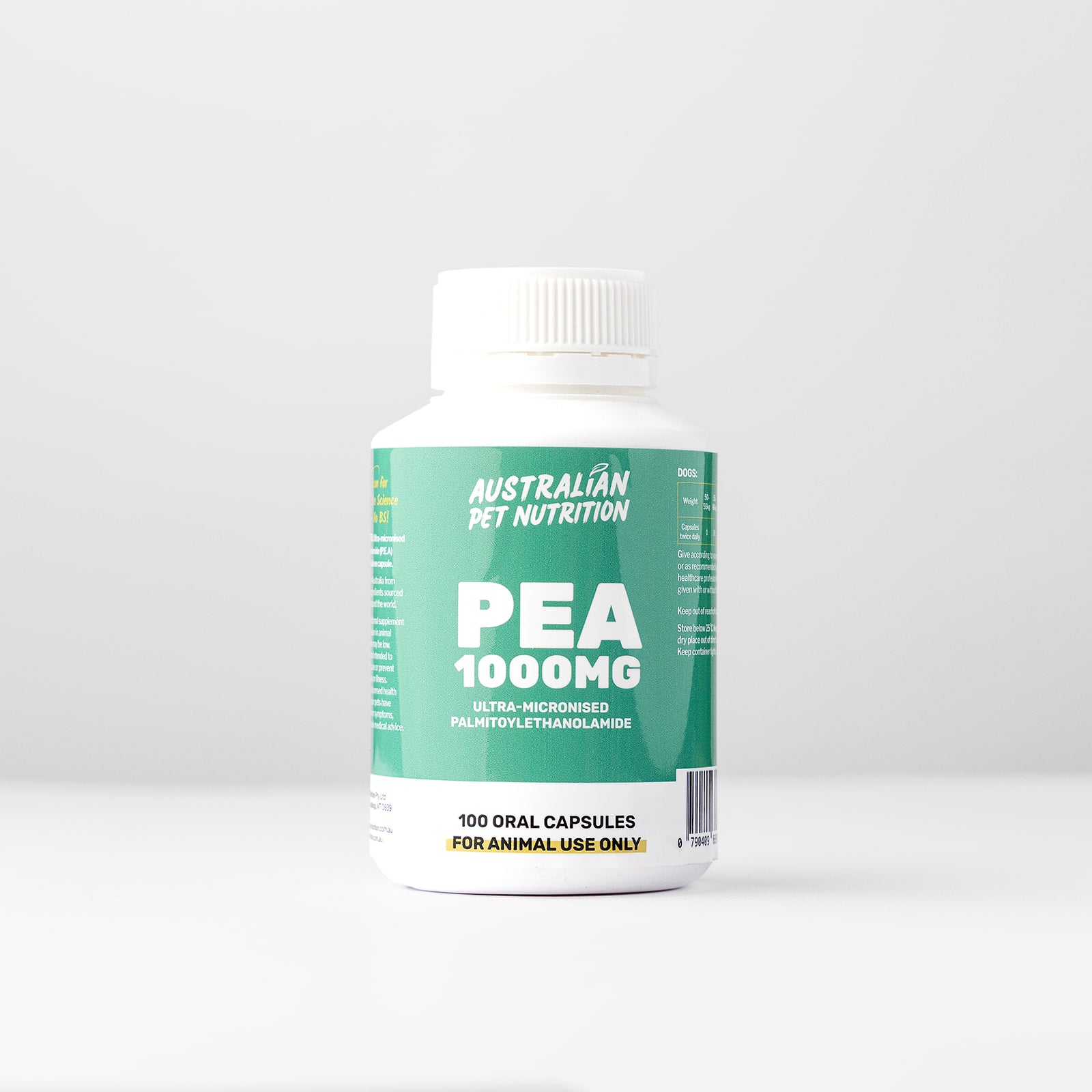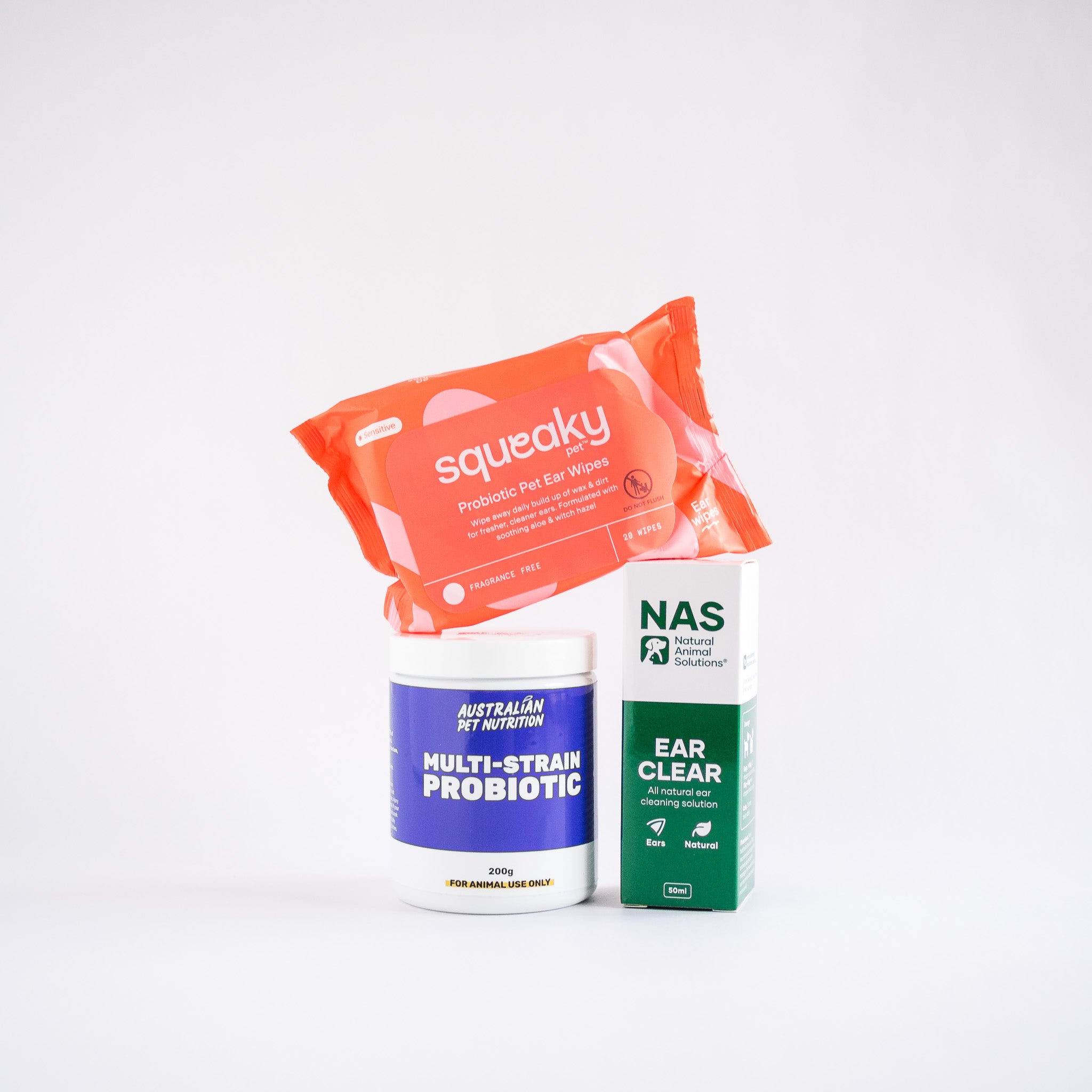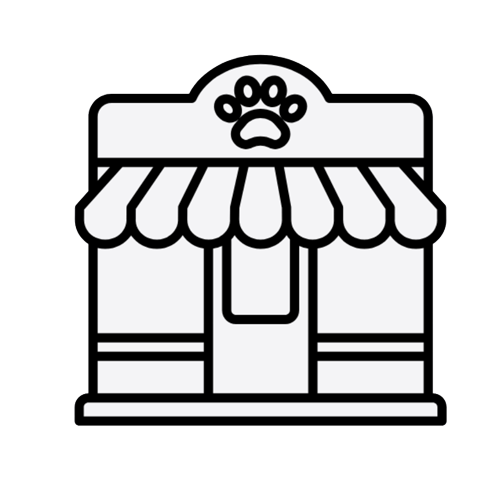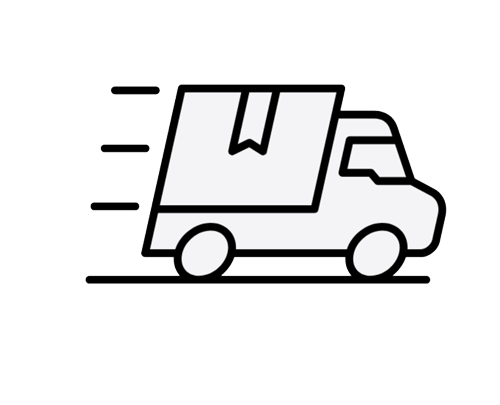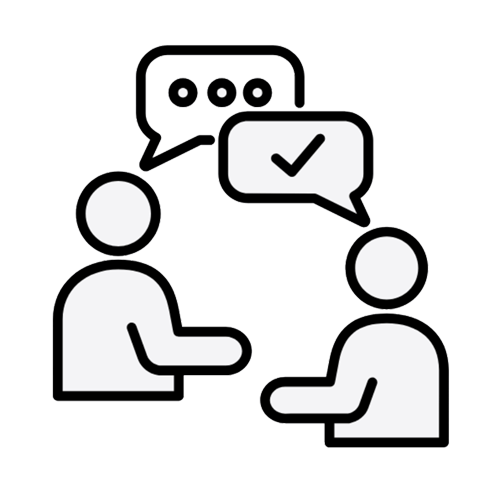Should Dogs Eat Pasta? The Hidden Risks Every Dog Guardian Should Know
Many pet parents love sharing a bite of dinner with their furry friends — and pasta often finds its way into the bowl. While a few plain noodles might not seem harmful, it’s important to understand the potential problems with feeding pasta to dogs.
Let’s look at why pasta isn’t the healthiest choice and what you can offer instead.
🧬 1. Low Nutritional Value
Pasta is primarily made from wheat flour and water. Dogs have zero nutritional requirement for carbohydrates and if fed kibble in addition to pasta, they are eating far too much carbs. Pasta is low in protein, healthy fats, vitamins, and minerals — all nutrients dogs need to thrive.
Feeding pasta regularly can crowd out more nutritious foods like high-quality meats, vegetables, and healthy fats, leading to nutritional imbalance over time.
🩸 2. High in Carbohydrates
Dogs can digest carbohydrates, but their bodies aren’t designed to rely on them as a main energy source. Too many carbs can lead to:
• Weight gain and obesity
• Spikes in blood sugar (especially risky for diabetic dogs)
• Increased inflammation or digestive upset
In holistic pet wellness, balance is key — carbohydrates should come from more nutrient-rich sources like pumpkin, quinoa, or sweet potato, not refined wheat.
🌾 3. Gluten Sensitivity or Wheat Allergies
Some dogs develop sensitivities or allergies to gluten or wheat, which can cause:
• Itchy skin or ears
• Chronic paw licking
• Gas, bloating, or diarrhoea
If your dog shows these symptoms, it’s best to avoid wheat-based foods — including pasta — and switch to grain-free or single-ingredient carbohydrate options.
🍅 4. The Danger of Added Ingredients and Sauces
The pasta itself isn’t usually the biggest problem — it’s what’s on it.
Most human pasta dishes contain ingredients that can be toxic or irritating to dogs, such as:
• Onions – toxic and can cause anemia
• Tomato sauce – often contains sugar and spices unsafe for pets
Even small amounts of these seasonings can harm your dog, especially over time.
🍝 5. Digestive Upset and Bloating
While a small portion of plain, cooked pasta isn’t harmful for most dogs, larger servings or frequent consumption can cause gas, bloating, or constipation. Smaller breeds are especially sensitive, and processed wheat can be hard for them to digest.
If your dog’s stomach seems off after eating pasta, it’s best to eliminate it completely.
✅ Healthier Alternatives to Pasta
If you’d like to treat your dog with a gentle carbohydrate source, try these holistic, dog-safe options instead:
• Pumpkin (cooked, unsweetened) – great for digestion
• Sweet potato (cooked) – nutrient-rich and satisfying
• Quinoa – gluten-free and high in amino acids
• Brown rice – in moderation
These provide energy and valuable nutrients — a much better trade than empty noodles!
💡 The Bottom Line
A few plain noodles every once in a while won’t harm most dogs, but pasta doesn’t belong in a healthy canine diet. It’s low in nutrients, high in carbs, and often accompanied by ingredients that can be dangerous.
For a happy, thriving pup, focus on whole, species-appropriate foods — and leave the spaghetti on your own plate.
📚 References
- American Kennel Club. (2023). Can Dogs Eat Pasta? AKC.org
- PetMD. (2022). Is Pasta Bad for Dogs? PetMD.com
- ASPCA Animal Poison Control Center. (2024). Foods That Are Hazardous to Dogs. ASPCA.org
- Cummings School of Veterinary Medicine at Tufts University. (2023). Feeding Dogs Carbohydrates: How Much Is Too Much?


